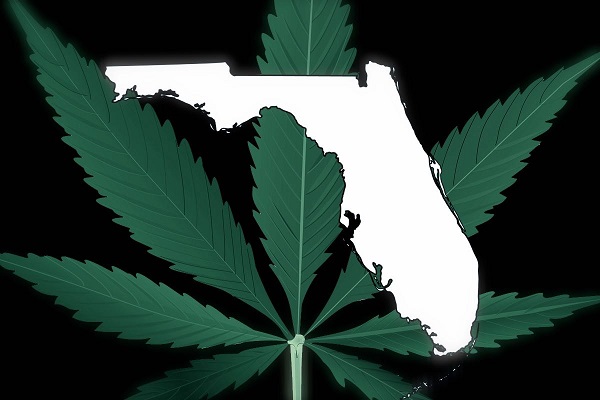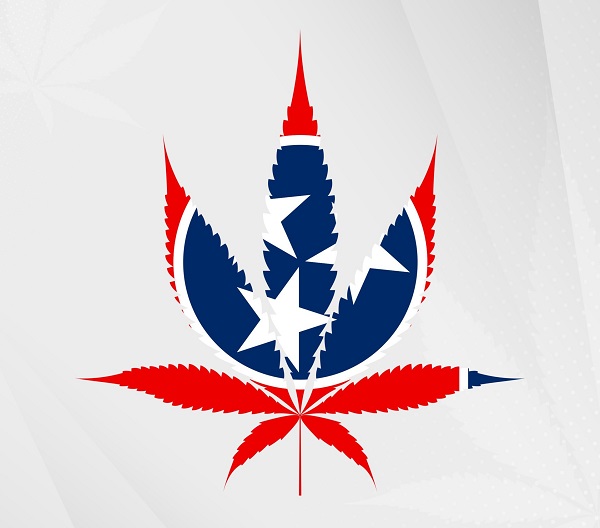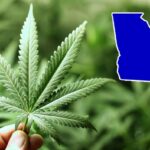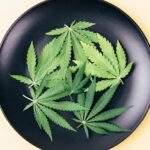Tetrahydrocannabinol is an aromatic terpenoid that is one of the main cannabinoids. The psychoactive substance is found in mature cannabis inflorescences, as well as in small doses in the stems, leaves, shoots, and roots of this plant. THC is responsible for most of the psychological effects marijuana produces. According to NIDA, this substance works in the same way as the chemical cannabinoids that the body produces naturally.
Receptors that produce cannabinoids are located in those areas of the brain that are responsible for memory, thinking, coordination, perception of time, and pleasure. Studies have shown that tetrahydrocannabinol, by attaching to these receptors, stimulates their influence on all these processes.
Other unique substances are present in marijuana resin, but not all of them are psychoactive. CBD is also a cannabinoid, but does not affect mental processes and blocks the action of THC.
Effects on the body
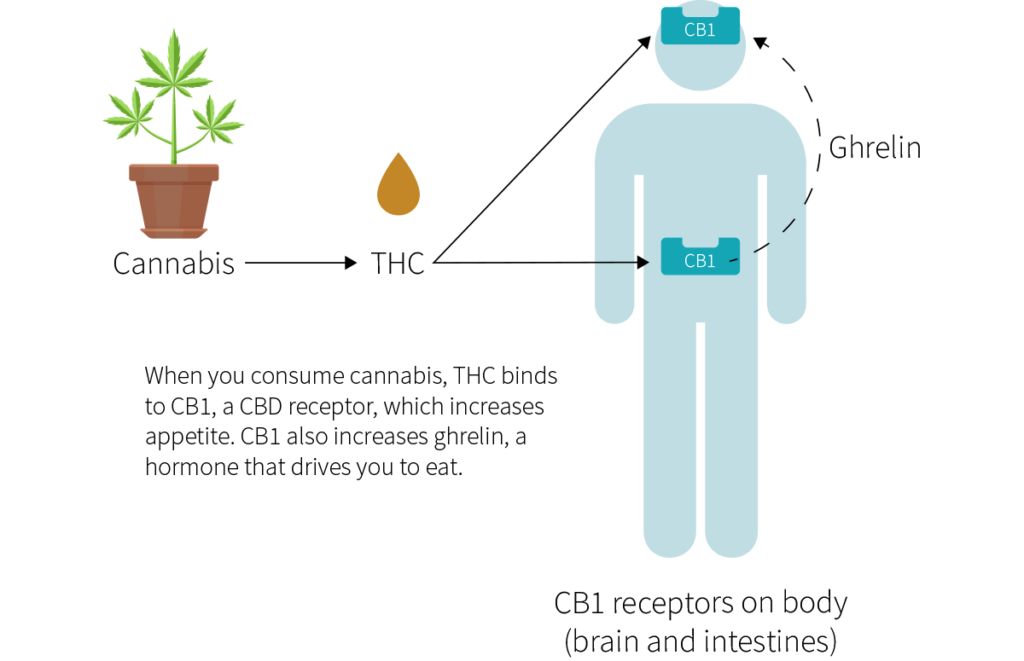
The American National Institute on Drug Abuse has shown that tetrahydrocannabinol stimulates the release of dopamine, due to which a person experiences a state of euphoria. The substance also affects the function of the hippocampus, which processes information, controls the emotional state, and forms new memories. The cannabinoid can cause hallucinations, delusions, and change the process of thinking. A similar effect occurs 10-30 minutes after taking THC and can last up to two hours. The most common effects of a chemical compound include:
- fun mood;
- anxiety and restlessness;
- short-term memory impairment;
- tachycardia;
- analgesic effect;
- sedative effect;
- relaxation.
The psychomotor disturbances provoked by the intake of the substance persist even after the state of euphoria passes. Other types of cannabinoids modulate and minimize adverse reactions to THC.
Risks
Because of the effects that tetrahydrocannabinol gives, marijuana has become one of the most popular drugs in the world. Experts who clearly understand what is THC and what effects the substance has on mental health are concerned about such popularity of the drug. The main risks of admission include:
- recurrence of symptoms of schizophrenia;
- violation of motor skills;
- decrease in the level of IQ, cognitive functions, and memory;
- possible violation of fertility;
- cognitive impairment in adolescents who use marijuana.
Marijuana disrupts concentration and reduces the speed of motor reactions. Its use is unacceptable for people who drive vehicles and work with mechanisms. Even people who use medical cannabis are advised not to drive until it has been determined by medical professionals that the person can perform motor tasks normally after taking marijuana. Also, be aware that medical marijuana interacts with other drugs.
Medicinal uses

Marijuana has been used for medicinal purposes for over 3,000 years. Even though the use of cannabinoids has been very limited in the past few decades, many are interested in what the term THC mean and what diseases it is used to treat.
Today, the medical use of marijuana is legal in 30% of countries. Tetrahydrocannabinol is found in dronabinol, nabilone, efidiolex, Sativex, and several other drugs with a wide range of applications. They are assigned in the following cases:
- for chronic pain;
- to eliminate bouts of nausea after chemotherapy;
- with rheumatic lesions;
- with Tourette’s syndrome and other genetic diseases of the nervous system to relieve symptoms;
- with autoimmune diseases;
- in the treatment of psychosis, depression, schizophrenia, and other mental disorders;
- for the treatment of glaucoma;
- in Parkinson’s disease.
In addition, preparations containing THC affect the hypothalamus, which sends signals about hunger. Therefore, they are used to increase appetite and eliminate vomiting after chemotherapy and in people with AIDS. Small doses of the drug are prescribed if necessary to improve memory.
Overdose
A large dose of THC meaning that a person plunges into a state of severe drug intoxication. Cannabinoid overdose is risky and can cause negative effects. Most often, an overdose is manifested by the following symptoms:
- nausea and vomiting;
- paranoia;
- panic attacks;
- dizziness;
- pallor;
- increased sweating;
- dry mouth;
- expansion of pupils without reaction to light;
- increased blood pressure;
- heart pain;
- labored breathing;
- violation or loss of coordination;
- trembling, convulsions;
- hallucinations;
- speech disorders;
- disorientation;
- fainting.
The condition caused by a cannabis overdose can last from one to several hours, and it will take at least two weeks to get rid of intoxication. You should not try to eliminate the side effects caused by an overdose on your own. What do thc stand for, you should immediately seek medical help.
The rules for giving first aid depend on how the THC was taken. If it was oral ingestion, induce vomiting and gastric lavage immediately. If an overdose was provoked by smoking, you should immediately go to fresh air. The victim needs to ensure peace, when heat appears, make a cool wet compress. If a person loses consciousness, he should be laid on his side so that the vomit does not enter the respiratory tract.
In states where cannabinoids are legal, foods containing THC have become a problem. Unlike smoke, which many people don’t want to inhale, cookies and other foods taste good, which is why people often end up eating more than the recommended portion. In addition, foods with THC are more effective, more effective, and last longer. If the effect of smoking lasts from one to several hours, then the effect of eating cookies can last up to eight hours.
Concentrations of THC in cannabis
Tetrahydrocannabinol is present in all cannabis, but levels vary. It mainly depends on the type of plant, but even within the same variety, the level of THC in cannabis varies. Under the influence of air, TNK breaks down into two substances – cannabinol and cannabinoid. The latter also has psychological effects.
Today there are varieties of cannabis where the level of THC reaches 30%. The minimum level of the substance is found in wild hemp and is only half a percent. The average THC value in marijuana is 1-5%, in hash – 5-15%, and in hash oil – about 20%. The lower the THC content of marijuana, the more it needs to be consumed to get the desired effect.




